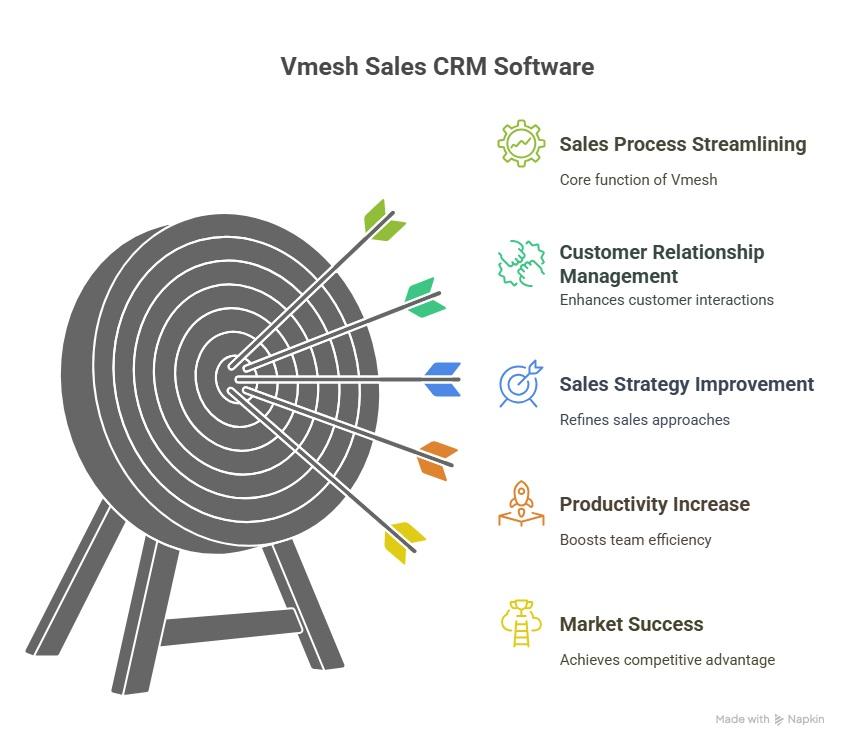In the high-stakes world of sales, your team is only as strong as the tools you provide. At the heart of a modern, efficient sales operation lies a powerful Sales CRM software. But with a dizzying array of options on the market, from niche players to enterprise giants, how do you choose the right one? Selecting the wrong system can lead to wasted budget, low adoption rates, and frustrated teams.
This guide cuts through the noise to help you navigate the selection process and choose a Sales CRM that truly empowers your team to close more deals.
Step 1: Look Inward Before You Look Outward
Before you even glance at a feature list, start with an internal audit. What are your actual business needs?
-
Identify Pain Points: What are the biggest bottlenecks in your current process? Is it inefficient lead tracking, poor contact management, or a lack of sales forecasting visibility?
-
Define Key Goals: What do you want to achieve? Common objectives include increasing lead conversion rates, improving sales team productivity, or enhancing customer retention.
-
Map Your Process: Document your current sales workflow from lead to close. Your new Sales CRM software should streamline this process, not force you to contort your business to fit its mold.
Step 2: Must-Have Features for Modern Sales Teams
While every business is unique, certain core features are non-negotiable for a capable Sales CRM.
-
Contact & Lead Management: The absolute foundation. It should offer a centralized, organized view of every prospect and customer.
-
Pipeline Management: A visual sales pipeline allows managers to track deal progress, forecast revenue, and identify stalls instantly.
-
Email Integration & Automation: Seamless integration with email clients (like Gmail or Outlook) and tools for automating follow-ups save countless hours.
-
Reporting and Analytics: Data is power. Your CRM must turn activity data into actionable insights with customizable dashboards and reports on performance metrics.
Step 3: The Human and Financial Factors
A technically perfect tool is useless if no one uses it.
-
Usability and Adoption: The interface must be intuitive. A steep learning curve is a primary reason for CRM failure. Choose a system your team will actually want to use.
-
Scalability: Will this Sales CRM software grow with you? Consider not just your team size today, but where you want to be in two to three years.
-
Integration Capabilities: Your CRM shouldn’t be an isolated island. It needs to connect with your marketing automation platform, customer support software, and other key tools.
-
Budget: Look beyond the sticker price. Consider implementation costs, training time, and any costs for add-ons or increased user counts down the line.
Final Thought: Don’t Skip the Trial!
Never buy a Sales CRM blind. Most providers offer free trials or demos. Use this! Involve a cross-section of your sales team in testing a shortlist of options. Their hands-on feedback is the most valuable data point you will get.
Choosing a CRM is a significant investment, but by following this strategic approach, you can select a platform that eliminates friction, provides priceless insights, and becomes the engine of your sales growth.

